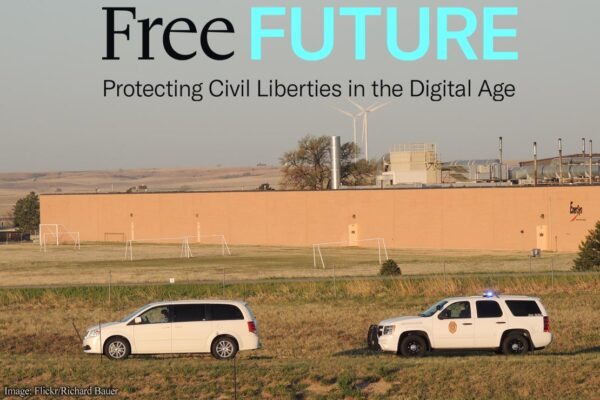
In January, a Black man with his hands up was shot to death by a police officer in New Jersey. Video (and audio) of the incident was captured by the officer's dashcam. The incident didn't receive the attention of the Walter Scott video released Tuesday, probably because it seemed to many to be less clear-cut, and because it lacked a dimension of race-based abuse since the shooting officer was also Black.
One thing in this video caught my ear, however. At the end of the video (after the 4:40 point), police voices can be heard beginning to discuss what happened, and then saying, “Turn it off. Turn it off. Everybody should be off.” Then the dashcam video apparently ends. Seems like they were talking about turning off all dash cams and body cameras.
This suggests to me that police cameras should remain on until any officers involved in a “critical incident,” such as a shooting, are removed from the scene to give their initial statements. (I don't know if that's standard operating procedure after a shooting but if it's not seems like it should be.)
The reason for this is to prevent cover-ups and story-synching by any officers who might, after an incident, be inclined to tidy up their version of events including evidence. I can't recall seeing such a requirement in any of the body camera policies I've seen. Most have language requiring that officers record “until the completion of the event or they have left the scene” or a supervisor authorizes them to stop, or the like. One easy fix for what I'm saying might be to simply change the “or” in that phrase to an “and.”
One might argue that the goal of police cameras is to capture interactions between police and suspects, so when a suspect dies the “encounter” is over and the cameras can go off. But the real goal of body cameras is not to capture this or that, but to increase community trust in the police. After the Walter Scott shooting, witness Feidin Santana continued to film until well after the shooting—and so captured the officer apparently setting up the victim by placing a taser next to his body to support his story of why he shot Scott. This has contributed to public cynicism about police cover-ups. Anything that can help reassure the public that no such conspiracy has taken place in an incident can only help the police—for example in situations where police use of force might be justified and yet facing skeptical public scrutiny. And of course where a use of force is not justified, there's all the more reason to protect against cover-ups.



